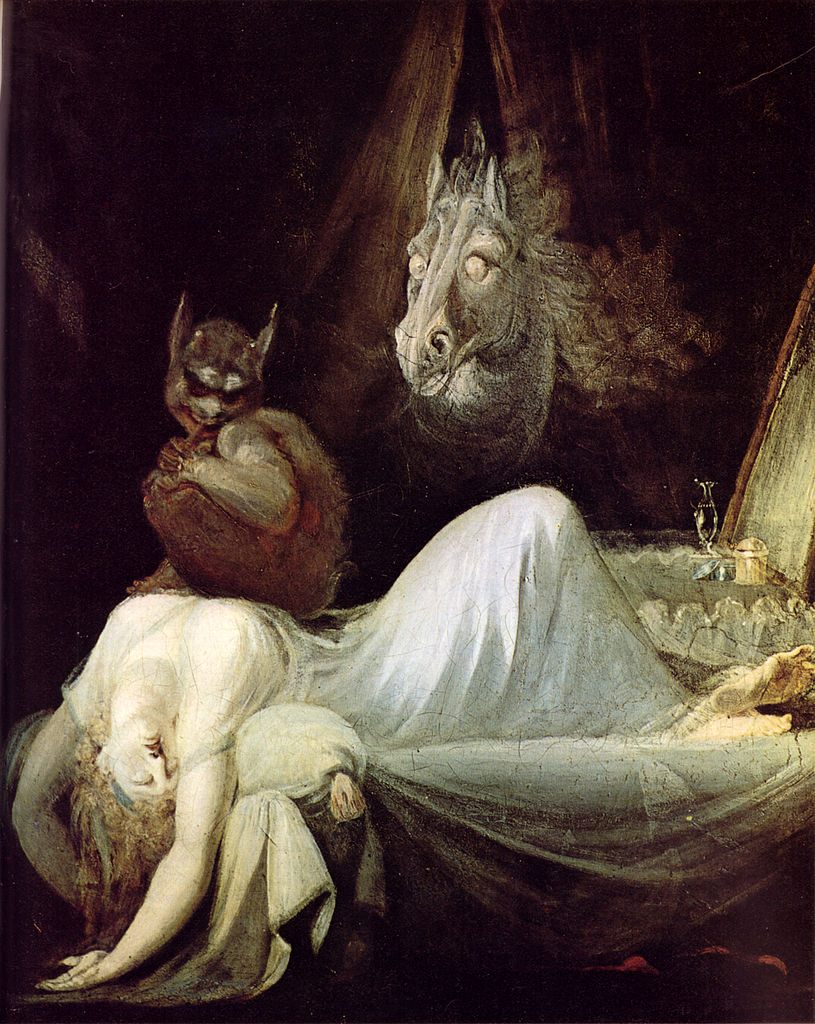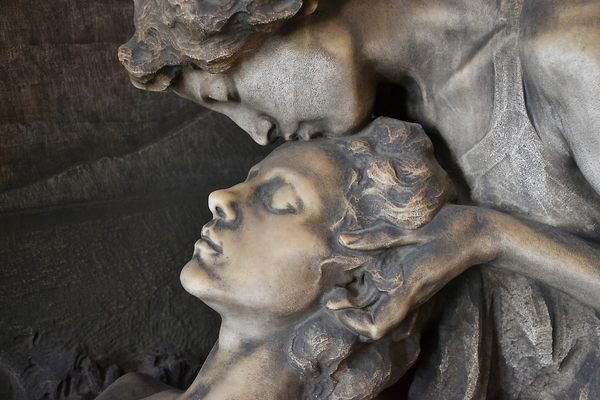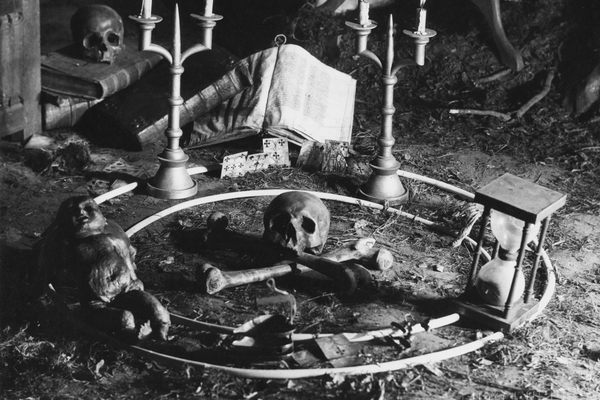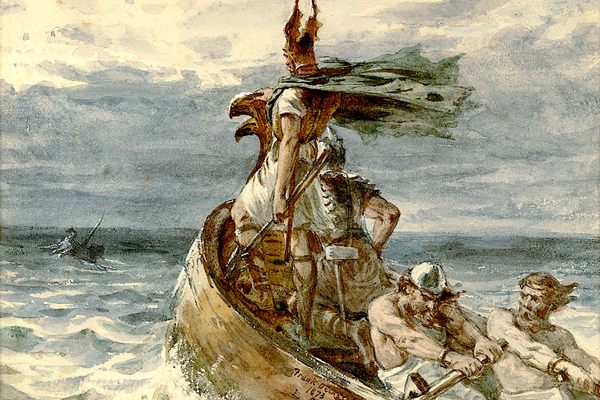The Original ‘Nightmare’ Was a Demon That Sat on Your Chest and Suffocated You
Maere, mara, mahr, mahrt, mårt—by any name, it was and still is a terrifying visitor.

Nightmares, as we use the word today, are vivid, personal terrors whipped up by a person’s subconscious just for them—a giant snapping turtle, a car that starts backing away from home on its own, a rocket ship with two witches in the backseat eating a potato/voodoo doll that causes the front seat to disappear with every bite. But in centuries past a night “mare” was a very specific type of frightening nocturnal visitor, a spirit or demon that would sit on a person’s chest and suffocate them.
The root of the English word “nightmare” is the Old English maere. In Anglo-Saxon and Old Norse, a mara was something known to sneak into people’s rooms at night, plop down on their bodies, and give them bad dreams. When the mare came to visit, the victim would feel a heavy weight—it might start at the feet, but it always settled on the chest—and lose the ability to move. Mares could be sent by sorceresses and witches: One Norwegian king died when his wife, tired of waiting for 10 years for him to come home, commissioned a mare attack. The conjured spirit started by crushing the king’s legs while his men tried to protect his head. But when they went to defend his legs, the mare pressed down on his head and killed him.

This apparition roamed across Europe—it was a mahr in Germany, a marra in Denmark, a mare in French. The visions that the mare brought upon its victims were often called “mare rides”—martröð in Anglo-Saxon, mareridt in Danish, and mareritt in Norwegian, according to (now retired) folklore scholar D.L. Ashliman.
Ashliman collected accounts of mares from across Europe, as well as advice for how to get rid of them. People troubled by mares might want to place their shoes by the side of the bed and turn the laces towards the place where they plan to lie down. Mares snuck in through keyholes or knot holes, so plugging these openings could keep them away. Alternatively, you could enlist a friend, wait for the mare to appear, and then plug the hole to capture it. (Mares were thought to be female, and a few men in these folkloric accounts were able to trap a beautiful wife this way—but she always escaped when she rediscovered the place she’d come through.) If a mare was sitting on you, you could try putting your thumb in your hand to get it to leave, or you could promise it a gift, which it would come the next day to collect.

Today, it’s thought that the mare’s particular nastiness was a way to explain a type of sleep paralysis that, as historian Owen Davies writes in Folklore, affects perhaps 5 to 20 percent of people in their lifetime. Sleep paralysis happens at the edge of sleep, usually just before sleeping or just after waking. Sufferers can see and hear, without being able to move or speak. And some people who experience this state also report feeling a heavy pressure on their chests and a sensation of choking, and the sensation of a dark presence in the room.
“As a boy, I would experience a frightening sound, somewhere between white noise and insect buzzing, while feeling a dark presence in the room,” the writer Andrew Emery explains, in his account of sleep paralysis. In the worst case, he writes, “I’ll fight to regain consciousness and, having told myself I have done so, will still find that there’s some foul presence in my bedroom which then proceeds to punch me in the stomach. At this stage, my mind, which seconds ago knew it was experiencing sleep paralysis, is now convinced I’m the victim of a real-world demonic attack.”
There’s no precise treatment for sleep paralysis, nothing better than the superstitions and charms used by medieval people to keep away the mare and its attacks. The episodes are, Davies writes, “a moment when reality, hallucination, and belief fuse to form powerful fantasies of supernatural violation”—a truly terrifying experience, demonic or otherwise.
We want to hear about your dreams and terrors, the ones that stay with you for years. What’s the dream that scared you as a child and still gives you chills? What was the worst dream you ever had? If you’ve experienced hallucinations during sleep paralysis, what did you see? Please tell us all about them here. We’ll publish the most strange, frightening, and hallucinatory among them next week, just in time for Halloween.











Follow us on Twitter to get the latest on the world's hidden wonders.
Like us on Facebook to get the latest on the world's hidden wonders.
Follow us on Twitter Like us on Facebook